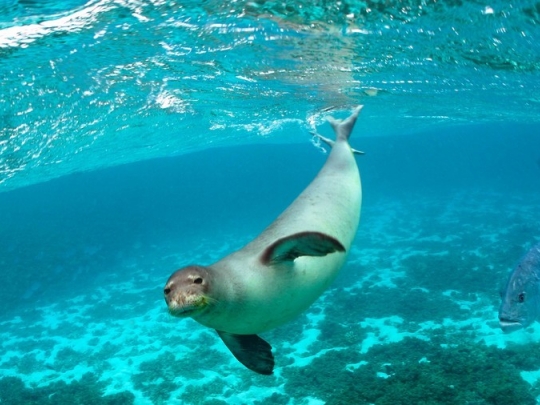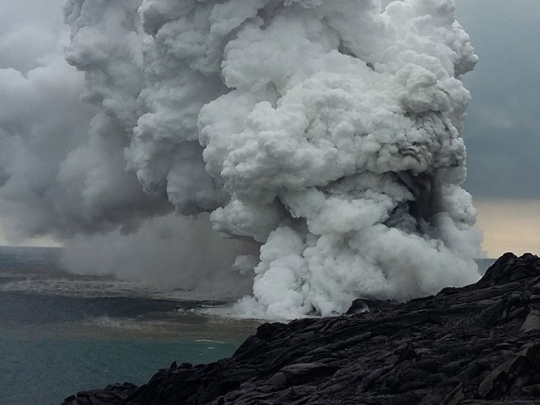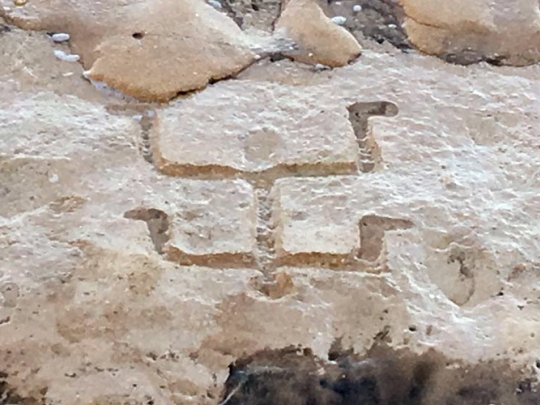Hurricane swallows Hawaii island whole

Hurricane Walaka, which battered the remote French Frigate Shoals early October, has devoured one of the atoll's islets, satellite images have revealed. It has been a nesting place for the Hawaiian sea turtle and the monk seal.
The tiny island became submerged after Walaka, one of the strongest Pacific hurricanes in history, hit French Frigate Shoal, the largest atoll in the Northwestern Hawaiian Islands, 500 miles (800 kilometers) northwest of the capital, Honolulu, in early October. While the hurricane spared the most populated big islands, East Island and neighboring Tern Island took a beating.
Chip Fletcher, a University of Hawaii scientist, wasn't surprised a hurricane — made more intense due to #climatechange — had wiped out East Island in the northwestern Hawaiian Islands, home to endangered seals and sea turtles. But he didn't expect it this soon. #hinews @noaa pic.twitter.com/ejcGuh0XMF
— Nathan Eagle (@NathanEagle) October 22, 2018
Satellite images released by US Fish and Wildlife Services show the devastation the hurricane brought to East Island, which has been practically erased from the map. As the hurricane was about to descend on the archipelago, seven researchers studying endangered green sea turtles and monk seals were evacuated.
There was not a single person to witness how East Island disappeared, and researchers from the National Oceanic and Atmospheric Administration (NOAA) only discovered the scale of the destruction from satellite images.
The loss of East Island, the second biggest islet of the Northwestern Hawaiian islands, to the ocean has had a devastating impact on Hawaiian sea turtles and monk seals. The turtles that lay their eggs on the beach in the sand will have to find another place to breed, as the whole island is now under water. Around 96 percent of Hawaiian sea turtles used to nest on the French Frigate Shoals, and over half of them on the now-submerged East Island.
Hurricane Walaka, one of the most powerful Pacific storms ever recorded, has erased East Island, which is part of French Frigate Shoals in the Papahanaumokuakea Marine National Monument. https://t.co/x9moCB1WA5 @NathanEagle #HIwx #Hawaii pic.twitter.com/BckfalPR90
— Honolulu Civil Beat (@CivilBeat) October 23, 2018
The same French Frigate Shoals used to serve as the main breeding ground for the seals. Now 16 percent of the entire population of 1,400 monk seals live and nurture puppies on the atoll. A third of those used to live and breed on East Island.
The storm hit after most of the turtles and seals had migrated for the season, but they will still have to adjust to the new habitat when they return.
Charles Littnan, a conservation biologist with the National Oceanic and Atmospheric Administration, told Honolulu Civil Beat that "species are resilient to a point," and while they may find new breeding ground, "there could be a point in the future where that resilience isn't enough."
East Island used to be basically sand and gravel dispersed over an area about one kilometer (0.6 miles) long and 120 meters (390ft) wide.
- Source : RT
















